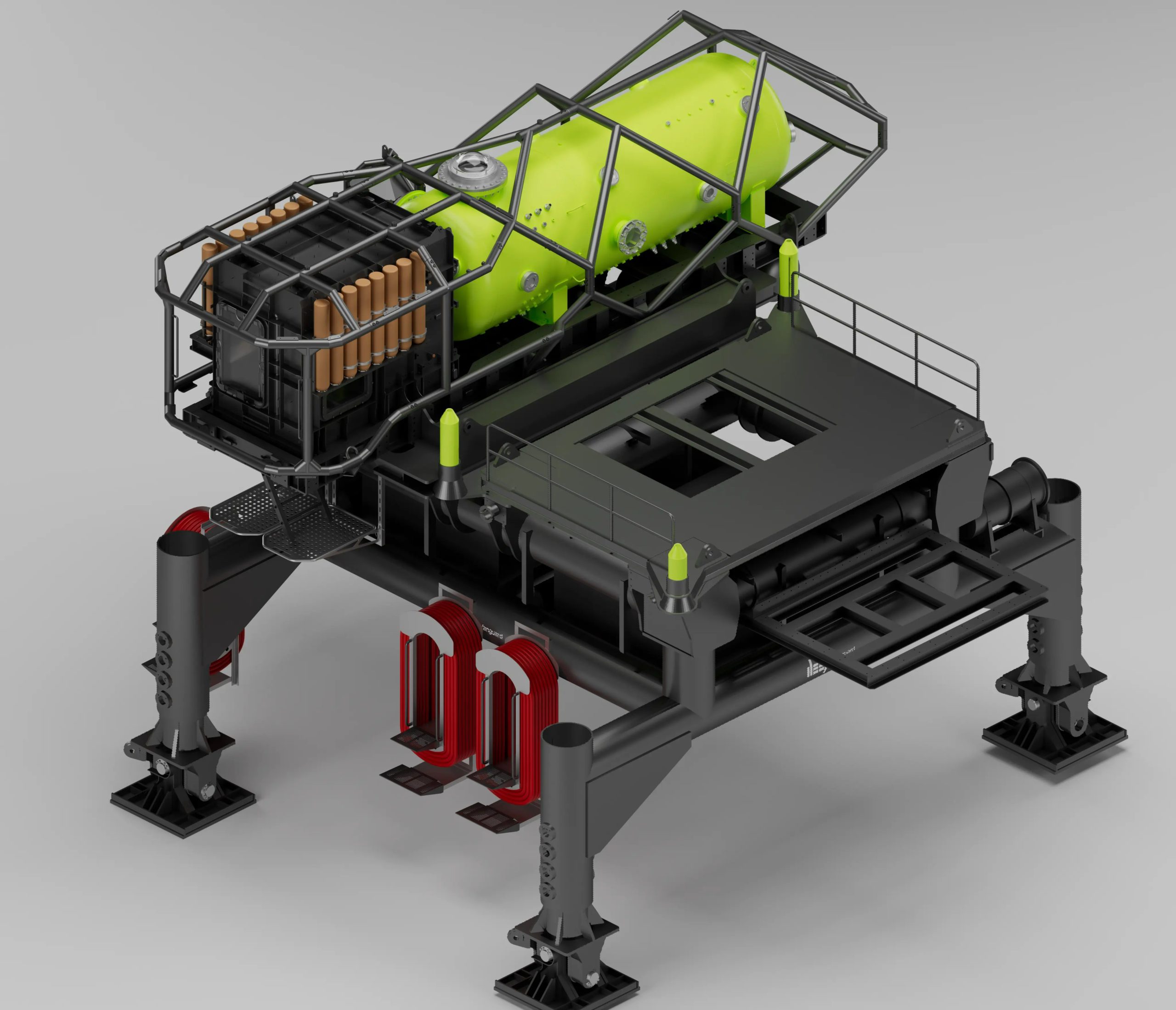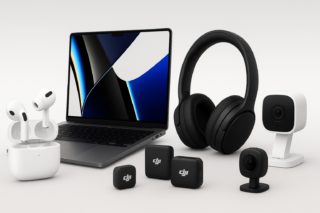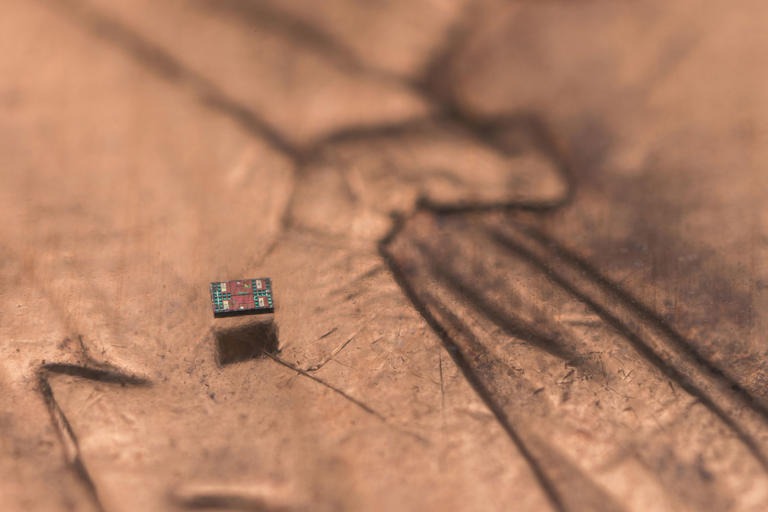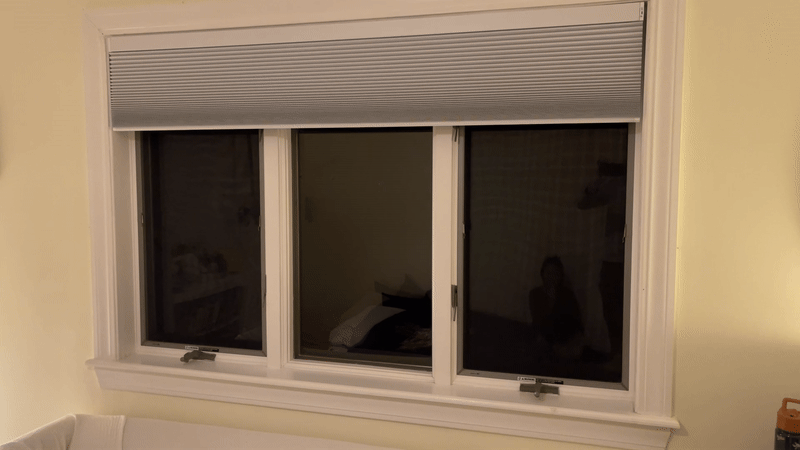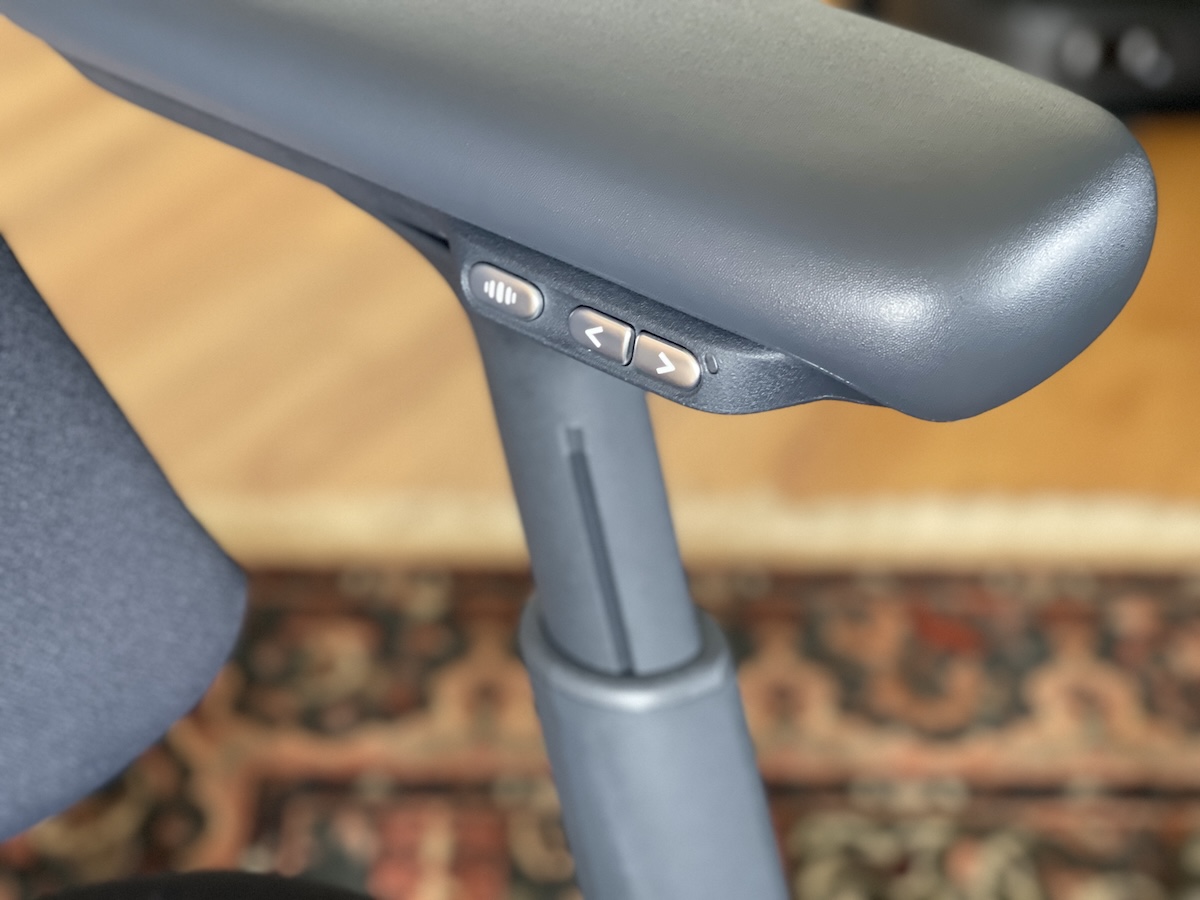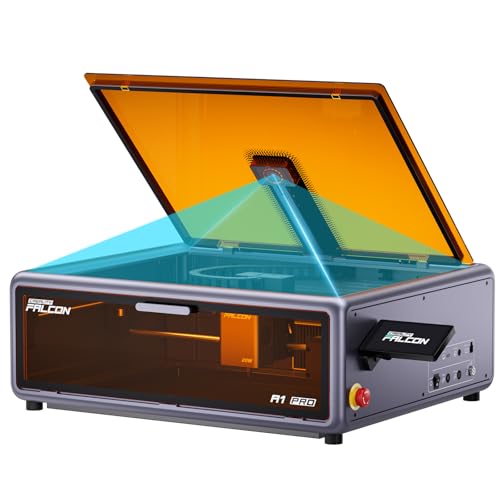Your typical marine research dive lasts maybe four hours before decompression forces you back to the surface. That timeline just became obsolete.
According to DEEP, their Vanguard habitat lets four scientists live and work underwater for seven-day stretches without ever surfacing. Think of it as an underwater apartment that eliminates the constant up-and-down cycle that has plagued marine research since Jacques Cousteau’s era. If you’ve ever wondered why coral restoration moves so slowly or why deep-sea discoveries take decades, the answer often comes down to time constraints. Vanguard changes that equation entirely.
A Modular Home on the Seafloor
Three distinct sections create a complete underwater research station with direct ocean access.
The habitat splits into practical zones:
- A 12-meter living chamber where crews eat, sleep, and analyze samples
- A diving center featuring a moon pool for direct water entry
- A seabed base unit that anchors everything against storms and currents
Six robotic arms 3D-print the steel hull using wire-arc additive manufacturing, creating pressure-resistant walls that can handle extended submersion.
A surface buoy supplies power, compressed air, and communications through tethered lines—like having Wi-Fi and utilities in your underwater office.
Seven Days Changes Everything for Research
Extended presence allows scientists to observe phenomena impossible to study in traditional dive windows.
Marine life behaves differently around permanent human presence versus brief dive visits. Coral spawning events, fish migration patterns, and ecosystem recovery cycles all require sustained observation that four-hour dive windows simply cannot provide. The first deployment off Florida in late 2025 will focus on coral restoration—work that currently requires months of planning for hours of actual research time.
Vanguard operates at ambient pressure, meaning occupants acclimate once and work efficiently throughout their stay rather than losing hours daily to decompression protocols.
From 20 Meters to Space Station Training
Current prototype targets shallow depths while future models aim for 200-meter missions and astronaut preparation.
The initial 20-meter operational depth keeps Vanguard accessible to standard scuba certification levels, but DEEP’s roadmap includes 200-meter capable habitats targeting deployment around 2027. These deeper stations will serve dual purposes: advancing marine science and providing closed-environment training for lunar and Mars missions.
DEEP envisions a global network of underwater habitats by 2030—essentially creating permanent human outposts in Earth’s oceans before we establish them anywhere else.
This isn’t just better diving gear; it’s infrastructure that transforms marine research from quick visits into sustained scientific presence. Our understanding of ocean ecosystems is about to get much deeper.


